ARCHITECTURAL PROJECTS
RESIDENTIAL
01 June, 2014
Schottheke of the Choetheque Series
Schottheke emerges from the memory of Corbu's dog, Pinceau.
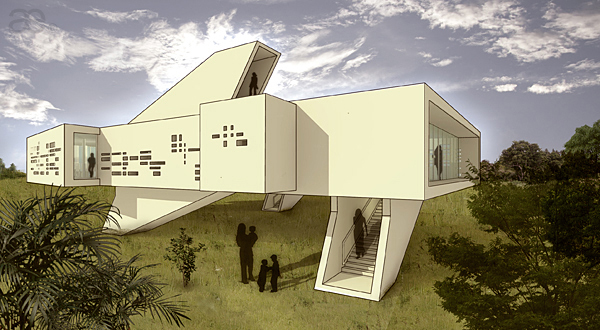
Cacofonix the Gaul trobador, the idiosyncratic, mistalented and isolated bard, with his pierced hut crowning a singular pillar, a natural tree trunk at its original location, remains key conceptual archetype to all pilotis, though unreal, and even if chronologically irrelevant. Cacofonix, rising over and above all others in Asterix's village due to his elevated and towering - call it "radiant" - house, becomes a primitive iteration of the high-rise resident, the privileged (or not?) overlooking the urbanized territory. His tree-house indeed leaves the ground intact as a premature version linking once more modernist pilotis of the Ville Radieuse to Bucky Fuller's Dymaxion mast-house.
If Escalteca (the previous Choetheque project presented on April 1st 2014) is a re-edition of the 9-square-grid as a 16-square-grid, the next project, Schottheke, is its division by four (4) into four (4) basic squares, and a shift to an elongated orthogonal grid system of 1:2 proportion that alters the overall compositional outline. The fourth square of the main diagram is removed, allowing an L-shaped plan to emerge. This L-form is then raised up, gifted with an implied court at the missing quadrant. The thickened-platform-base - as the key structural concept here - lifts an otherwise archetypal L house - that should typically feature a corner courtyard. The normative corner entry is here abandoned for under-diodes, yet the big void defined at the missing quarter of the L form still defines boundaries for the open ground-floor plateau. In other words, while there is no real courtyard on-ground, the elevated perimeter of the house, and the shadows cast, do organize the otherwise unbound natural terrain.
A multiplicity of stairs is an exaggerated (as one normally is enough in terms of function) yet absolutely significant component for the circulatory organization of this parti; serves varied trajectories. Each climax prioritizes a distinctive role: as service route; guest route; resindents' private route; and master's discrete access.
Structurally we witness a steel frame visually sealed from view. The full-story three-dimensional system of posts and beams is combined locally (at end axes) with large-scale vierendeel trusses, of single-floor height, reinforcing the composite frame and supporting the most challenging edge cantilevers.
The construction scheme for the raised datum (the main-floor-slab) allows for this major change of the structural system bearing the terrace slab. A structural scheme deterred and entirely replaced right over the ground level, this classically modernist principle is met foremost at Jean Tschumi's Nestlé Headquarters, or His very highness, the absolute fetish of modernity, the Marseilles Unité de Habitation - a project that can also be viewed as a mock-up segment of the infinitely unwinding linear building of the Radiant City.
However here at Schottheke the pillars are not symmetrically two-legged nor massif: they simultaneously double as hollow passages for linear staircases. No need emerges thus to enclose any segment of the ground floor outdoor loggia; a key difference to the previously mentioned references. The suppressed, tunnel-like interpretation of a conventional entry "hall" imposes a conceptual austerity of the acts of movement and stasis, lending directness onto circulatory trajectories.
These inhabited pillars or artificial and extruded burrows, narrow and dark, amplify the notion of release and openness once reaching the main living quarters, acting simultaneously as defensive and protecting mechanisms. Rephrasing, as bottle-necks and cave-like passageways, they do burrow into the main volume and compress the entryways, lending a severe character in the act of both leaving and arriving into the hovering house.
Schottheke, lending its name partially to the Schott legacy of specialty glass production, is a stereoscopic lens, a diverging prism; acts as one, deferring vision at 90 degrees (in plan). In a way the project is a segmentation of the upper habitable parallelepiped of Escalteca in two parts and re-welded at right angles, while the Escalteca structural scheme of the ground level - the prismatic "mast" of the symmetrical stairs - is chopped into four identical pieces and re-distributed into four individual parts, the legs of the new house.
Dumped onto the natural prairie, this lodge is a re-iteration of an underground covert, the hidden burrows of a wildlife species. Perversely enough this warren is sectionally mirrored in the X-X' Cartesian plane, the flat ground surface. Its chambers and passages are thus turned upside down and elevated, reworked into an extruded object that is abstracted, geometricized and proportioned as a series of platonic solids.
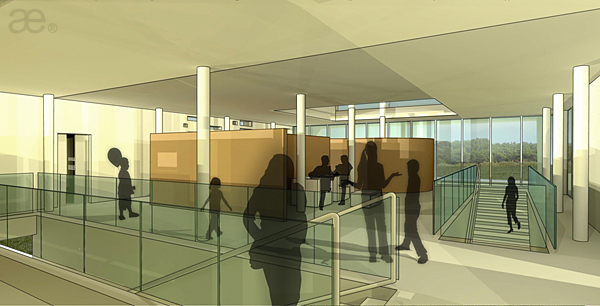
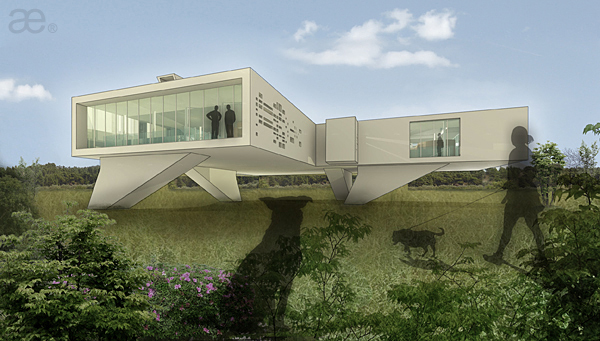
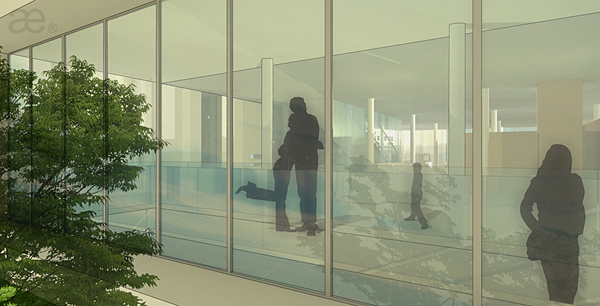
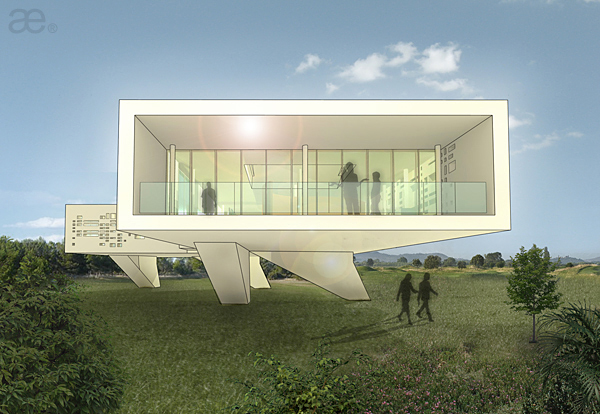
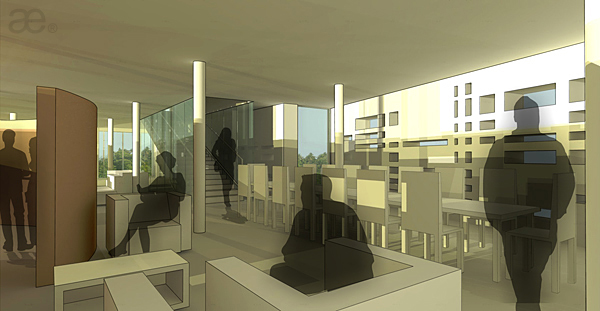
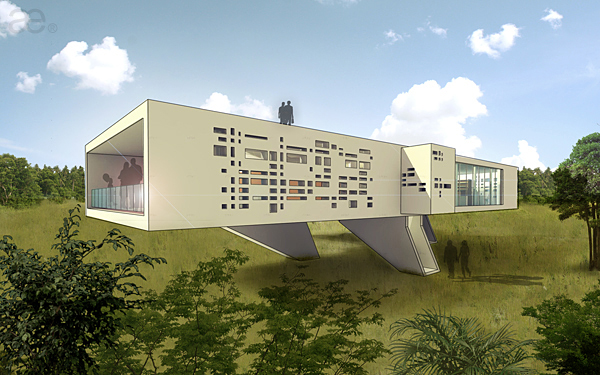
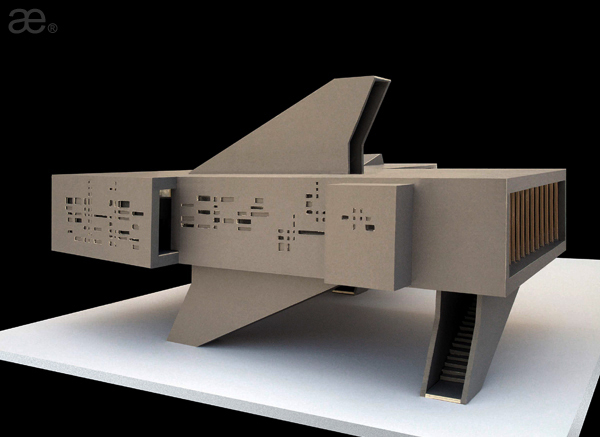
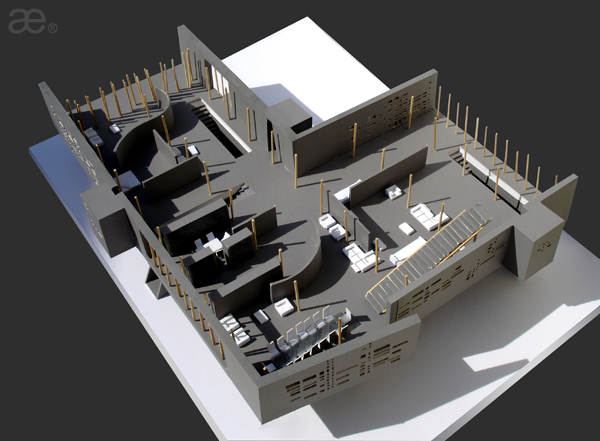
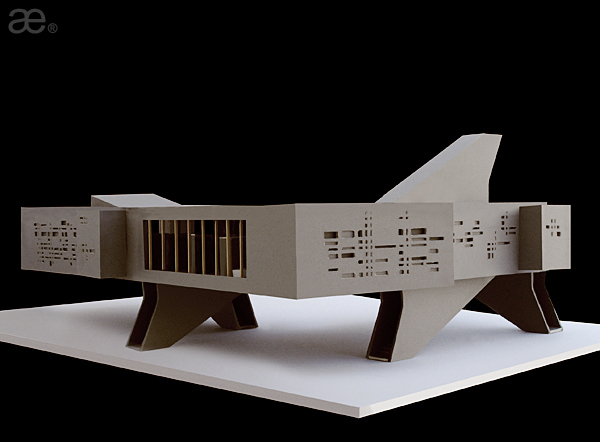
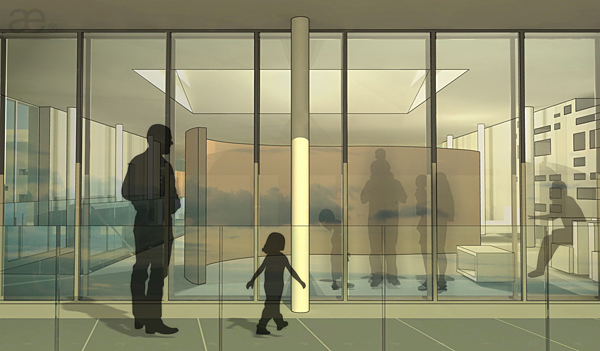
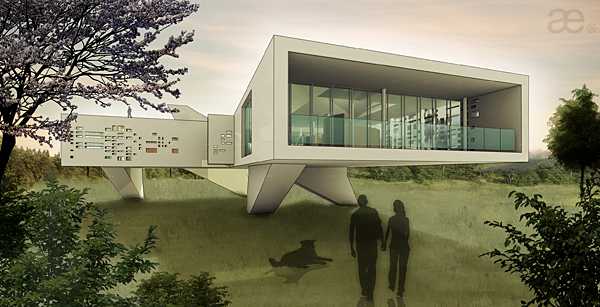
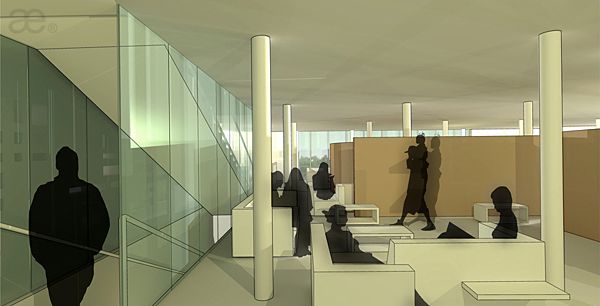
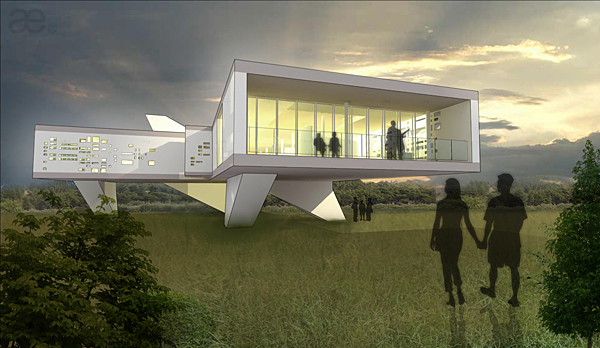
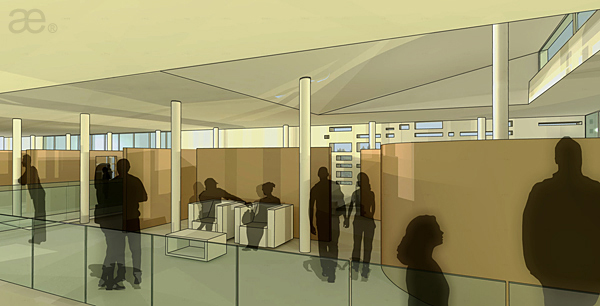
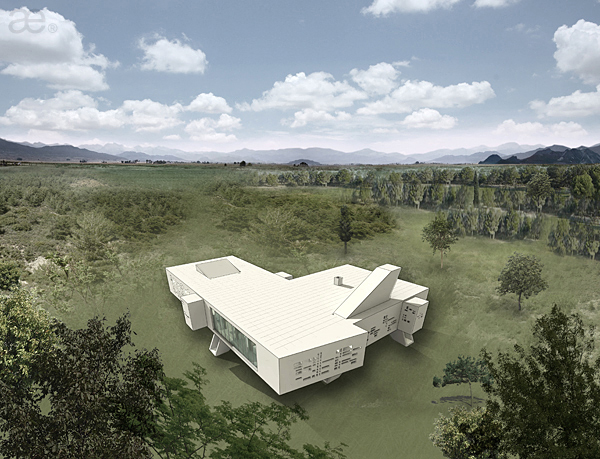
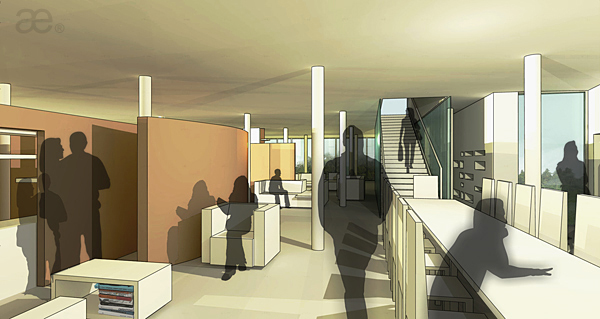



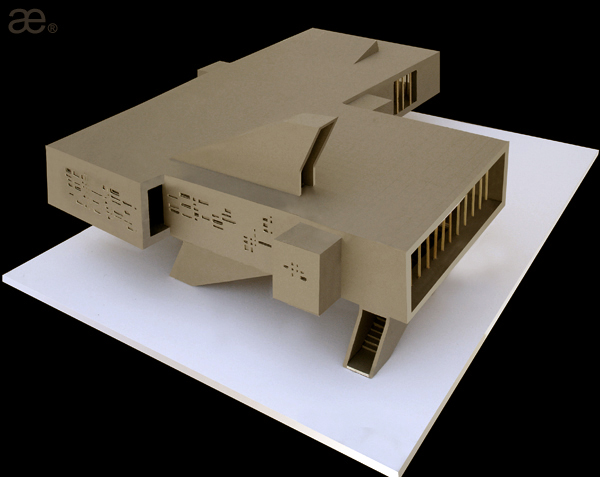
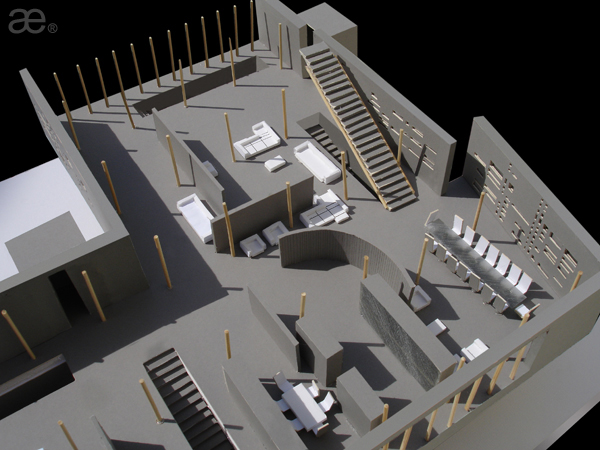
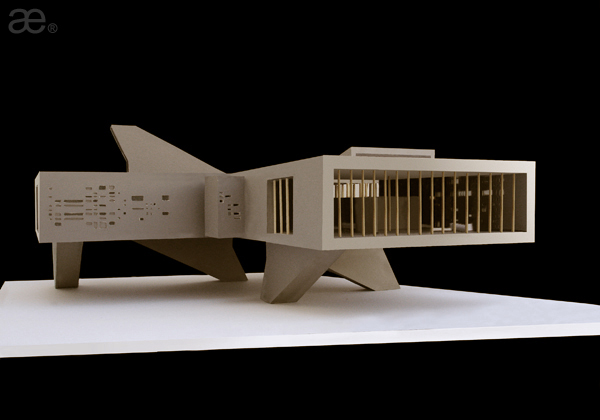
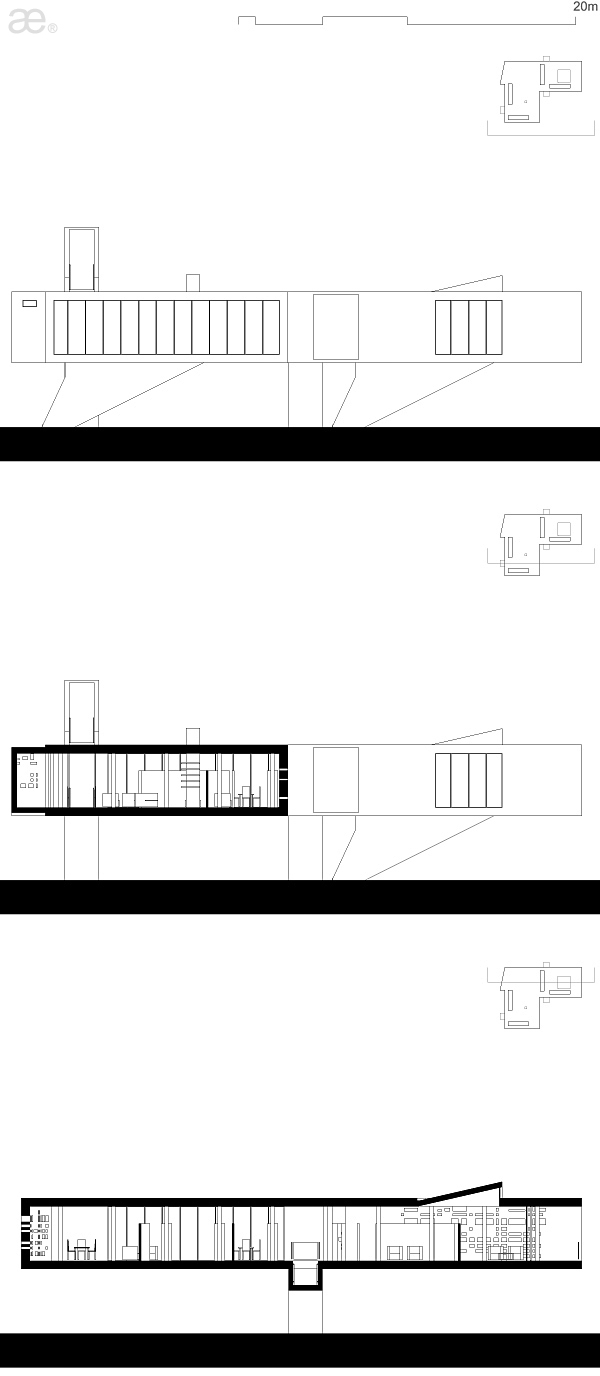
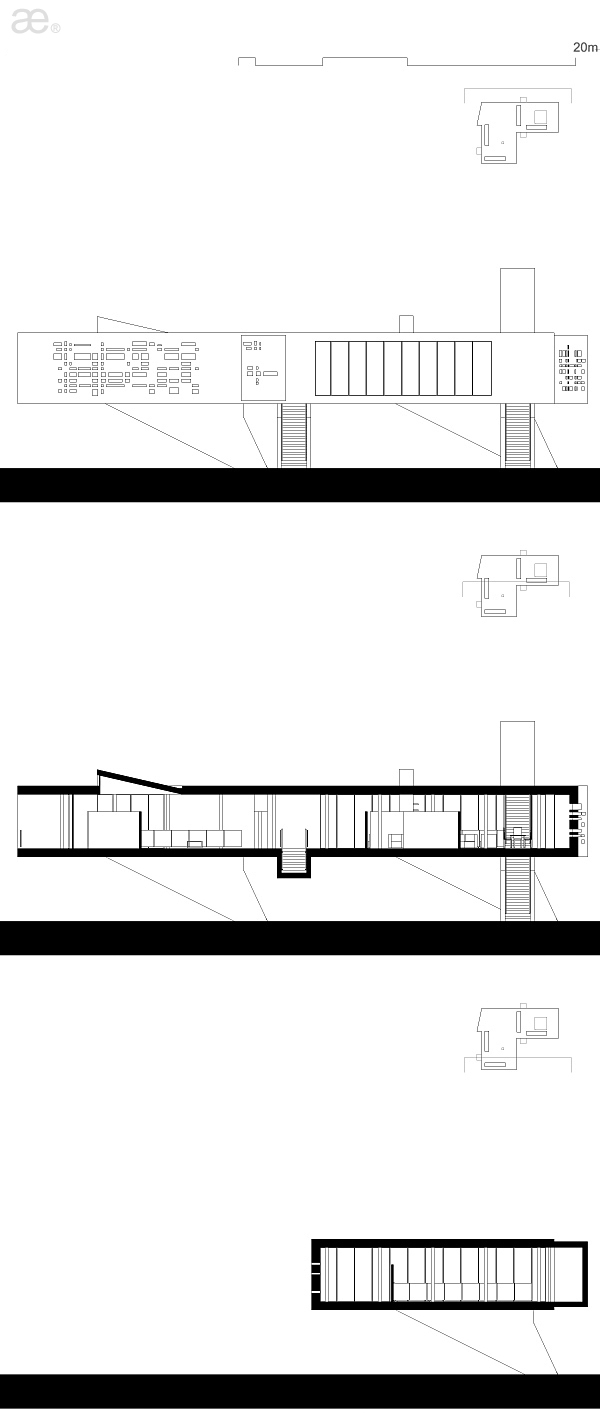
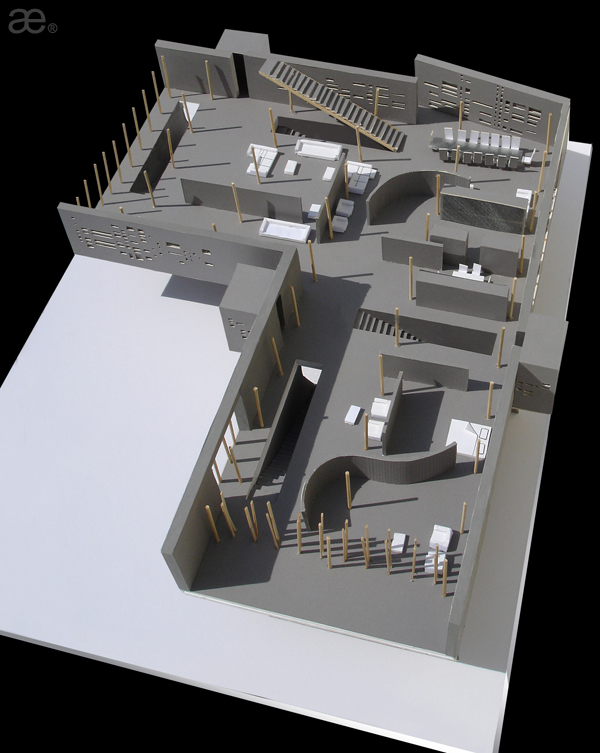
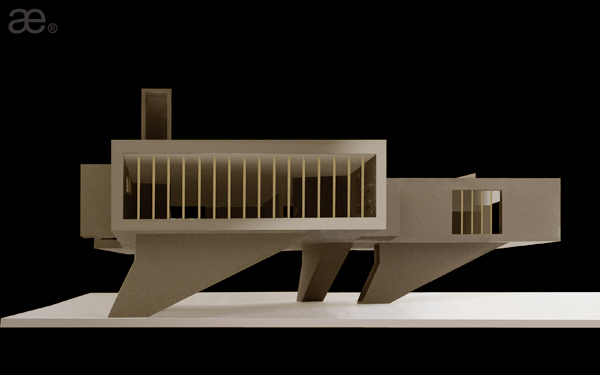
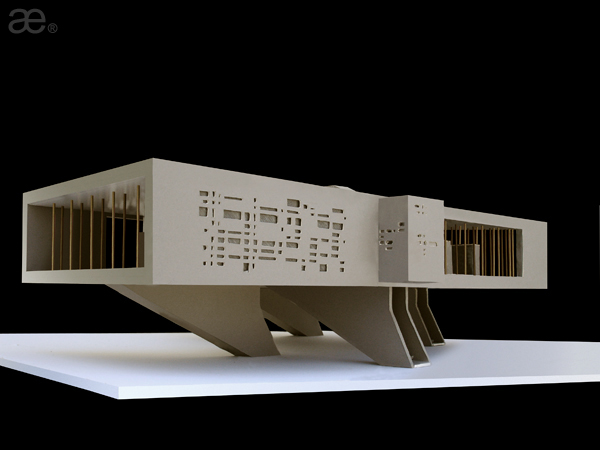

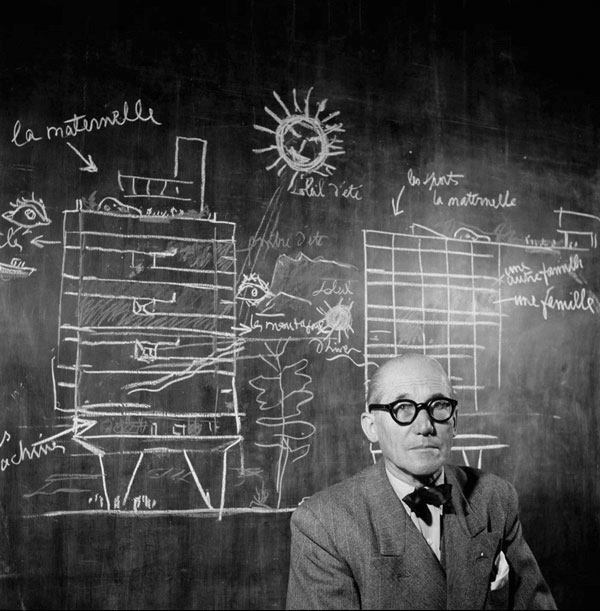
Le Corbusier with Unité on blackboard.
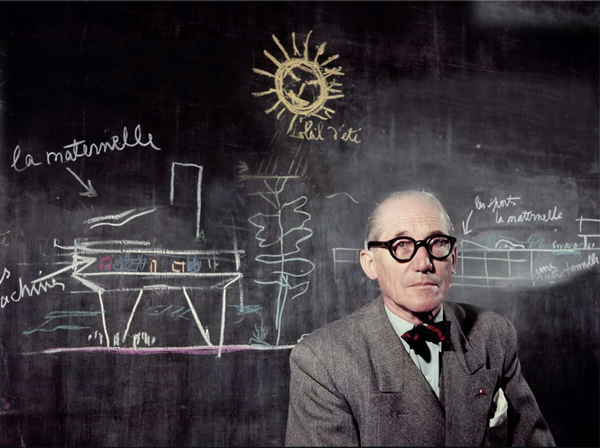
Uncaptured moment Le Corbusier with Schottheke on blackboard. (Collage).
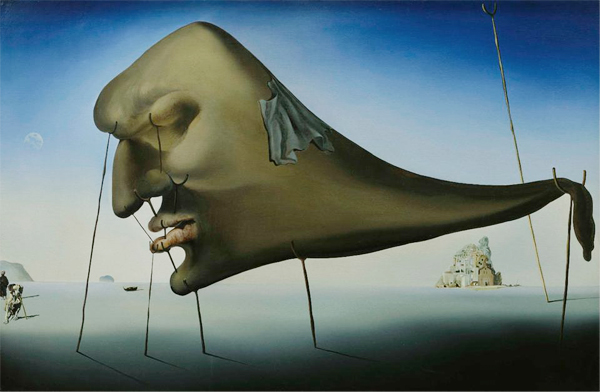
Paranoid-critical diagram (subconscious?) of Pilotis. Salvador Dalí, Sleep, c. 1937.
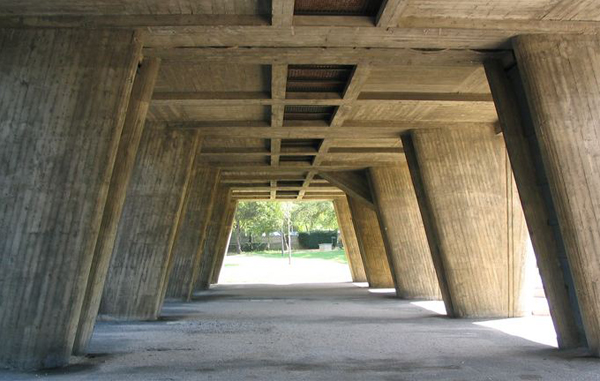
Open ground-level of Le Corbusier's Marseilles Unité de Habitation as precedent.
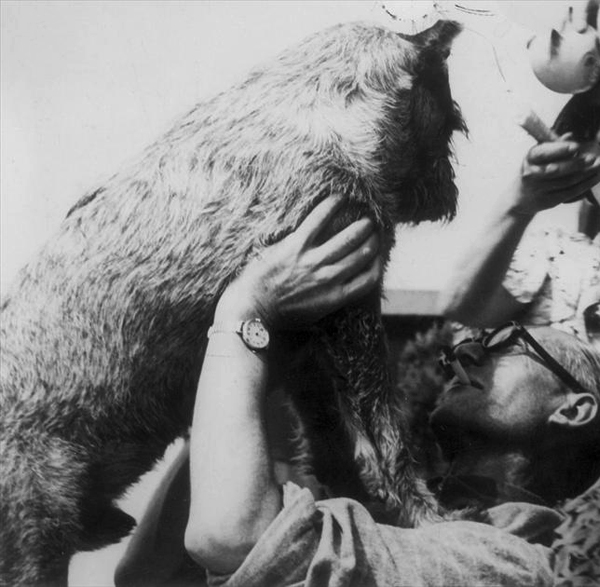
Le Corbusier and his dog Pinceau.
Schottheke of the Choetheque Series
Location : Azul, Pampas de Provincia de Buenos Aires, Argentina.
Aristotheke Eutectonics, æ®: Office of Architecture, Research and Design.
Text, Design, Renders, Modeling, Coordination: Aristotelis Dimitrakopoulos (AFD).
Team Credits:
Photographic Editing: Jose Antonio Medina, Kallia Chorafa, Maria Roussaki, Milena Živojinović, AFD.
Drawing: Vaso Gkioka, Maria Roussaki, Angela Giannakopoulou, AFD.
Axonometrics: Angeliki Giompre, AFD.
Related articles:
- Piloting Pilotis ( 31 December, 2013 )
- Escalteca of the Choetheque Series ( 01 April, 2014 )
- Floatheca Rh of the Choetheque Series ( 01 August, 2014 )
- Floatheca Sp of the Choetheque Series ( 26 September, 2014 )
- O-theke of the Choetheque Series ( 11 March, 2015 )
- Floatheca Cy of the Choetheque Series ( 03 January, 2015 )
- Ophthalteca ( 24 June, 2015 )
- Y-theca of the Choetheque Series ( 08 October, 2015 )










